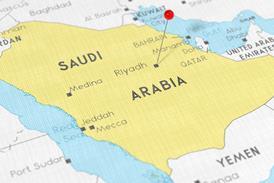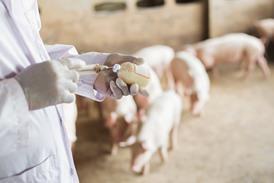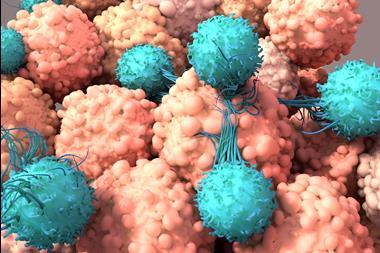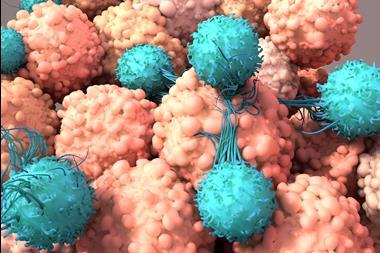Although the CTIS is still under development, several EU countries (eg, Belgium, France, Germany, Finland and the UK prior to Brexit) are running national pilots to test the new way of working introduced by the Clinical Trial Regulation 536/2014. Pilot conditions in the various countries are different. The Heads of Medicines Agencies Clinical Trials Facilitation and Coordination Group (CTFG) has issued three updated documents related to CTR national pilots and the voluntary harmonisation procedure (VHP):
- EU member states national pilot projects in support of the transition to the new Clinical Trial Regulation EU 536/2014[1]
- EU member states participation in VHP and VHP-related activities[2]
- Guidance document for sponsors for a VHP for the assessment of multinational clinical trial applications (version 5).[3]
In this example we focus on the pilot in Belgium[4], which is interesting because it applies a parallel review process by the health authority (HA) and central ethics committee (EC) with a combined RFI for Part I and II documents followed by one unified decision. The same process is followed for both the initial CTA and subsequent amendments and assessment follows the timelines mandated under the CTR. The purpose of the Belgian pilot is to (i) develop processes and procedures for the joint assessment of CTAs and for the compilation of the assessment report, (ii) evaluate them, and (iii) proceed with the adjustments[5]. As a case study, we present the process and learnings from three separate initial CTA submissions (one Phase I/II and two Phase II trials in oncology) in Belgium under the pilot in the third quarter of 2018, the first quarter of 2019 and a 2020 procedure.
The CTA packages consisted of two parts: Part I (containing, eg, protocol, investigator’s brochure (IB), IMPD and good manufacturing practice documentation), and Part II (containing, eg, recruitment arrangements, informed consent process, informed consent form (ICF) and subject information, documentation on suitability of the investigators and premises). The submissions were performed through the Common European Submission Portal (CESP) to one single national contact point.
All submissions were rapidly validated, the first two well within the allowed 10 calendar days. RFI from the HA and EC were received as a single document and generally on the last day of the given timeframe of 23 days. The RFI was broken down into questions and recommendations related to Part I or Part II and within each part the questions were ordered by topic (eg, clinical, statistical) and identified as originating from either the HA or EC.
The short RFI response timelines call for a considerable effort from the sponsor team and the following learnings were identified from the pilots:
- Identify early if follow-up clarification on HA/EC questions is required – clarification can only be requested via email.
- The time for response to RFI is only 12 calendar days, which can be challenging and is on the critical path to approval. Therefore, the following precautions should be taken:
— A decision whether revisions to existing documents such as protocol, IMPD or IB are required should be taken as soon as possible (a team meeting upon receipt of the RFI for deciding if existing documents require an update is recommended).
— The response process and timeline should be meticulously planned – in particular availability of people and access to supporting IT systems, if needed outside regular business hours. Response planning should allow time for any unexpected delays, eg, publishing activities, problems with collaboration on response documents or unexpected shut-down of an electronic document management system.
- Standard internal processes should be reviewed, in particular the internal governance decision-making model should be flexible enough to be able to review and approve rapidly any changes needed to the protocol design, IMPD or IB.
- Revisions to ICFs have to be provided both in English and in the language reviewed by the EC (eg, Dutch or French). Therefore, availability of rapid translations should be anticipated from the start of the procedure.
- It is strongly recommended to provide a good quality dossier from the start enabling a smooth process and avoiding too many RFI, as well as future substantial amendments.
- It is recommended for sponsors to perform at least three trials using a pilot scheme in order to prepare their organisation for CTR implementation.
[1] CTFG European Union Member States national pilot projects in support of the transition to the new Clinical Trial Regulation EU 536/2014. October 2020. Available at: https://www.hma.eu/ fileadmin/dateien/Human_Medicines/01-About_HMA/Working_ Groups/CTFG/2020_10_CTFG_EUMS_participation_national_ pilot_projects.pdf (accessed 21 January 2021).
[2] CTFG European Union Member States participation in VHP and VHP-related activities. October 2020. Available at: http://www. hma.eu/fileadmin/dateien/Human_Medicines/01-About_HMA/ Working_Groups/CTFG/2020_10_CTFG_EUMS_participation_in_ VHP_activities.pdf (accessed 21 January 2021).
[3] Guidance document for sponsors for a voluntary harmonisation procedure (VHP) for the assessment of multinational Clinical Trial Applications. Version 5. October 2020. Available at: https:// www.hma.eu/fileadmin/dateien/Human_Medicines/01-About_ HMA/Working_Groups/CTFG/2020_10_CTFG_VHP_sponsor_ version_5.pdf (accessed 21 January 2021).
[4] FAHMP Pilot project for new Clinical Trial Regulation. Available at: https://www.famhp.be/en/human_use/medicines/ medicines/research_development/clinical_trials (accessed 17 September 2020).
[5] FAHMP Guidance document for clinical trials sponsors Version 8.0, 19.12.2019. Available at: https://www.fagg.be/ sites/default/files/content/ctr_pilot_project_guidance_for_ sponsors_v_8.0_19-12-2019.pdf (accessed 21 January 2021).































